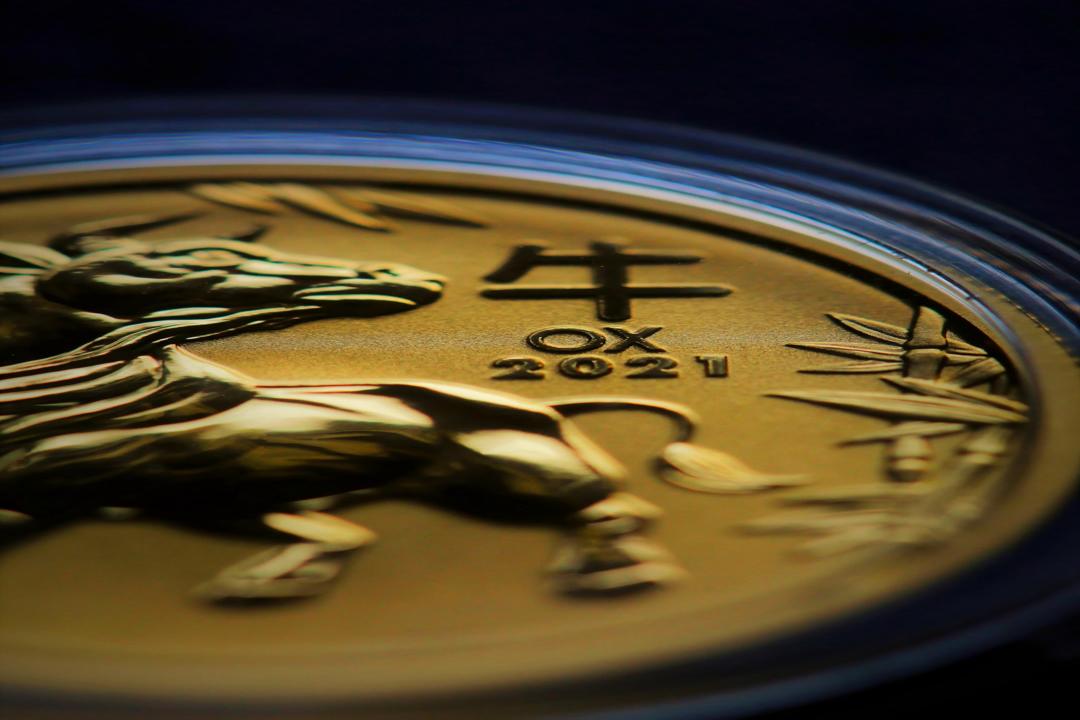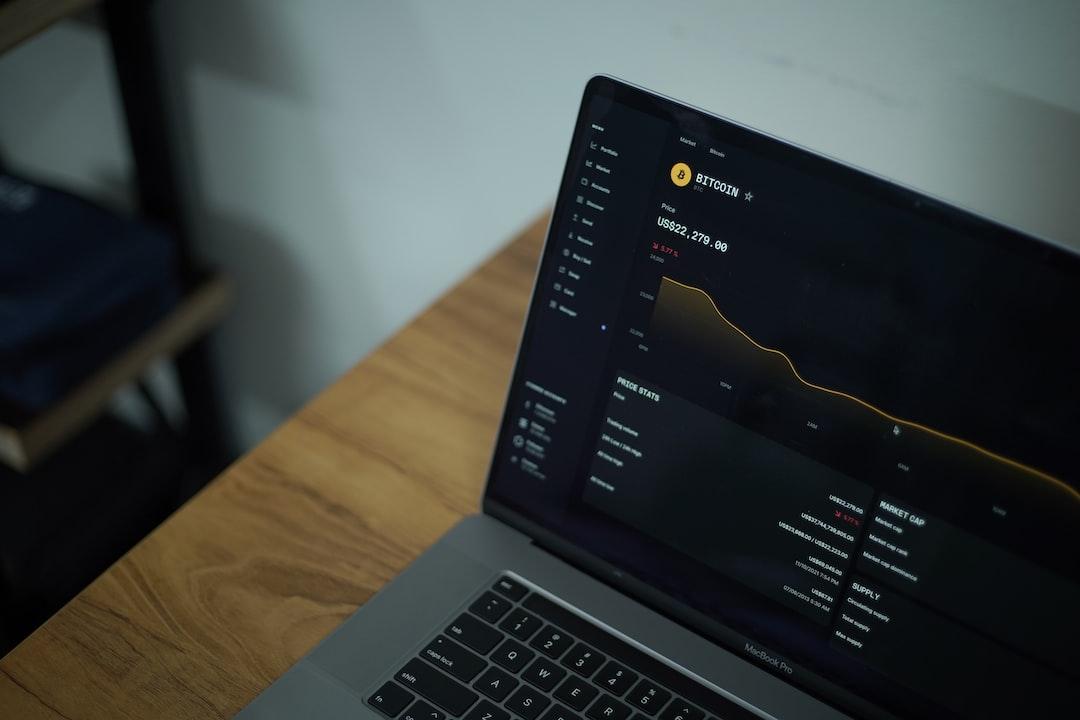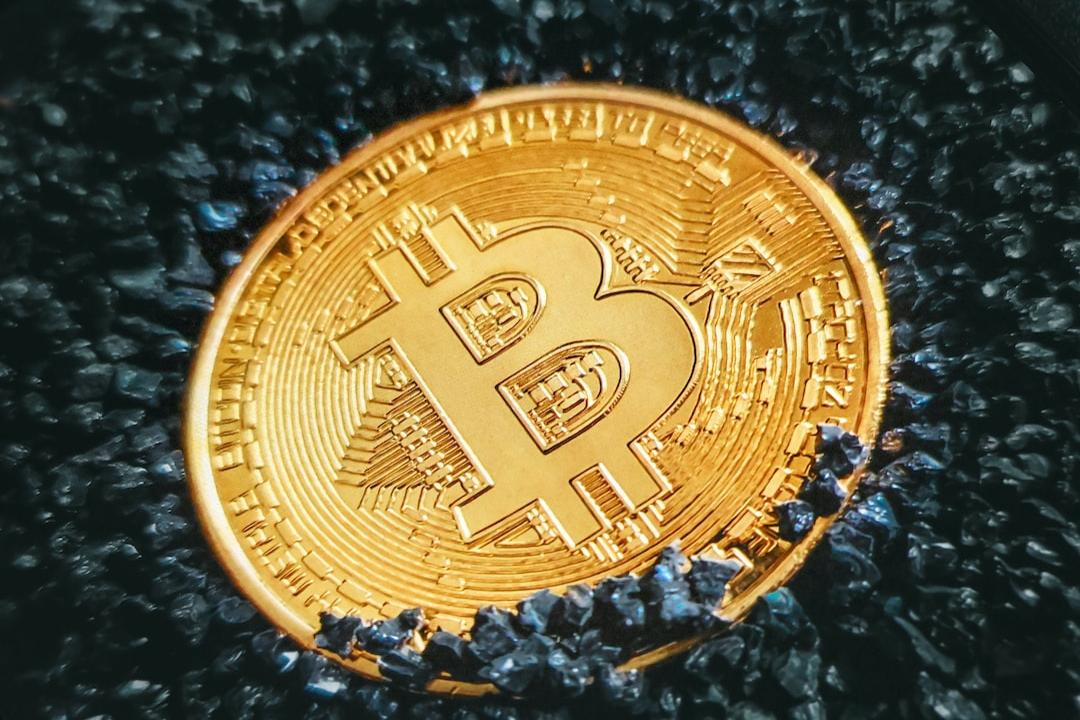According to the Worldcoin announcement, the decentralized identity (DID) project, World ID, has launched its 2.0 update. This update provides support for third-party verification plugins for applications such as Telegram, Discord, and Minecraft. It also introduces verification levels, eliminating the requirement for everyone to scan their iris. The update aims to improve the user experience and introduce the first practical application scenario of World ID – login verification.
Table of Contents
Toggle
What is World ID?
Providing diverse application verification services
Division of verification levels
Enhancements in security and operability
The success of World ID depends on the size of the ecosystem, not just the technology
World ID is part of the Worldcoin project, which aims to provide a unified decentralized identity system worldwide. It helps people without digital accounts use internet products and reduces friction in existing verification systems. Worldcoin consists of three key products:
World ID: A decentralized identity (DID) project that previously provided users with a unique identity through iris scanning. It is the core product of the project, with approximately 2.6 million people completing iris registration.
World APP: A decentralized encrypted wallet app that provides user key pairs and serves as the client for the future identity system.
World Coin (WLD): A token that incentivizes user registration for World ID. There are 10 billion tokens planned to be distributed, with around 25% owned by the team and investors.
Essentially, these are common products in the industry – DID, wallet, and tokens. However, due to the backing of the OpenAI founder Sam Altman, World ID has received more attention and resources. As a decentralized identity product that emphasizes ecosystem and cross-industry collaboration, it has unique advantages.
Further reading:
Worldcoin’s plan to airdrop to 1 billion people? A detailed explanation of OpenAI founder’s Web3 project, Worldcoin
However, there have been controversies in the community regarding concerns over iris scanning security, trading of fake accounts, token distribution mechanisms, and conflicting philosophies.
Further reading:
Vitalik’s in-depth analysis of Worldcoin | What are the four major risks? Why hasn’t the perfect identity verification existed yet?
Now, with the World ID 2.0 update, some of these issues will be addressed, and login verification services will be introduced. The main updates include:
Providing diverse application verification services
Division of verification levels
Enhancements in security and operability
World ID can now be used for login verification in some products.
The value of decentralized identity lies in its usage scenarios. The more products or services it can be used for, the more useful the decentralized identity becomes, attracting more users to apply for it. Therefore, commercial development and ecosystem expansion are the most important goals for World ID.
The World ID team has released verification plugins for popular applications, including Discord, Reddit, Minecraft, Telegram, and Shopify. Platform administrators can choose to add chatbots that support World ID verification to Telegram groups, requiring members to log in with World ID to participate in conversations. Minecraft server administrators can use plugins that support World ID verification as an alternative whitelist design.
Users can complete the above verifications by using the World APP, either by scanning a QR code or directly signing in, while the zero-knowledge proof (ZKP) protects user data from being leaked during login.
You can find a list of fully supported applications on the official website.
World ID 2.0 offers multi-level identities to meet different usage scenarios.
Only a few people have completed Orb machine scanning to register for World ID. If the verification requirements remain the same as scanning the iris, it would be inconvenient for the majority of users who have not registered yet (regardless of privacy concerns or the limited availability of Orb scanning registration locations).
Therefore, with World ID 2.0, more diverse verification levels are introduced to reduce verification requirements and cater to a wider range of usage scenarios. For example, game verification requirements may not be as high as financial services, and different products can be customized based on their specific needs.
World ID 2.0 is divided into three identity levels:
World ID Device:
Allows users to verify their identity using mobile devices.
World ID Orb:
Similar to World ID 1.0, it requires verification of uniqueness and biological activity through trusted Orb iris scanning machines to obtain World ID Orb identity.
World ID Orb+:
The strictest identity level that requires both iris scanning and facial recognition verification, which takes place locally on user’s mobile devices.
World ID 2.0 has made several optimizations in account security and operability, including:
Changing/deleting World ID:
If a user’s World ID is stolen, they can re-register. Users can also delete iris information at any time (reducing the identity verification level) to maintain privacy.
Personal Custody:
By using user devices, a self-custody feature is added for user information (including facial recognition information for World ID Orb+ level), and the official custodial data scheme is abolished to enhance user data security and privacy.
Support for OIDC and OAuth 2.0 protocols:
World ID will be able to support third-party account login mechanisms similar to “FB, Google,” etc.
Wallet Bridge:
An open-source protocol that optimizes the process and efficiency of wallet signature login to external services.
With this update, we finally see the utilization of DID beyond token issuance. World ID 2.0 essentially amplifies the service of DID user login verification, serving as its first real use case.
We also see a strong emphasis on privacy from the team, as they have made significant adjustments to address concerns about privacy and security.
However, the most important aspect of the decentralized identity field is the “application value” of the identity, which requires sufficient applications to respond and support in order to have an impact. For example, more Discord administrators need to choose this verification method, or more applications need to make World ID the default third-party login option for the identity to be useful.
Currently, World ID is still in its foundational stage, and the team’s biggest challenge in the future is how to expand the ecosystem after overcoming product design and technical issues.
There is still a long way to go for World ID to achieve actual integration with various products and vendors.
DID
Sam Altman
SNARK
World ID
Worldcoin
ZKP


Further reading:
Lack of transparency? OpenAI removes Sam Altman as CEO, effective immediately!
Worldcoin (WLD) to reclaim market maker chips to increase market circulation.

